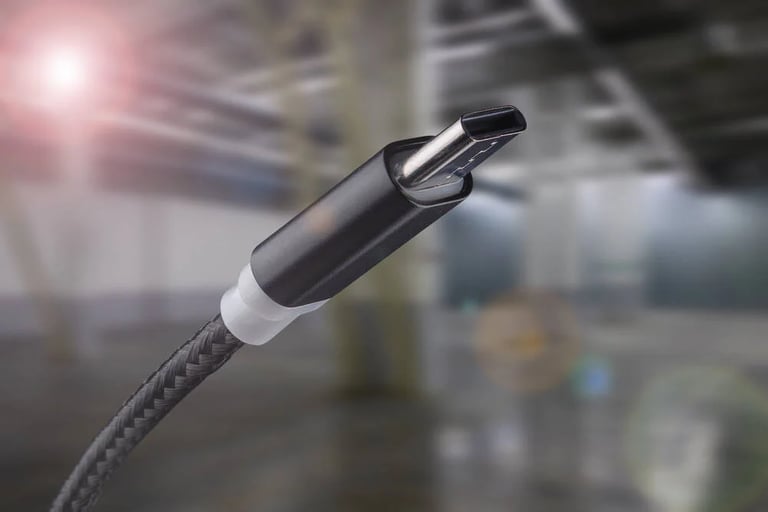EU's USB-C Mandate Risks Obsoleting Millions of Used Smartphones, Straining Secondhand Market
September 24, 2024
Apple, which initially opposed the directive, has confirmed it will adopt USB-C for its iPhone 15 lineup, a move that could significantly affect the secondhand market.
With 27 million iPhones sold on the European secondary market in 2023, the new regulations could greatly impact their availability.
Despite this, half of consumers surveyed expressed interest in buying refurbished smartphones, citing lower costs and environmental benefits.
While the directive aims to reduce e-waste by standardizing chargers, it may paradoxically strain the emerging circular economy and push trading into unregulated channels.
Discussions on standardizing chargers began in 2011, leading to the adoption of MicroUSB in 2014 and the proposal for a common charging standard in January 2020.
The directive highlights Europe's reliance on imports for used phones, as it may lead to the removal of millions of devices from the market.
This regulation is expected to render about two out of five used smartphones in the EU obsolete, impacting eight million devices valued at approximately $2.22 billion.
The EU's new Radio Equipment Directive, effective December 28, mandates that all mobile devices must support USB-C charging to reduce e-waste by prohibiting proprietary chargers.
CCS Insights estimates that over 60% of the secondhand smartphone market will not support USB-C once the directive is implemented, complicating the transition to the new standard.
As users are keeping smartphones longer, averaging over 40 months, this trend is limiting the inventory available for resale in the secondhand market.
The EU imports a significant number of used phones from countries like the US, Japan, and Singapore, although non-compliant models can still be sold within member states.
The EU has made strides in reducing e-waste, having decreased old charger waste from 51,000 metric tons a decade ago to 11,000 tons recently.
Summary based on 2 sources
Get a daily email with more Tech stories
Sources

The Register • Sep 20, 2024
Green recycling goals? Pending EU directive could hammer used mobile market
TechSpot • Sep 24, 2024
New EU charging standard threatens billion-dollar secondhand phone market